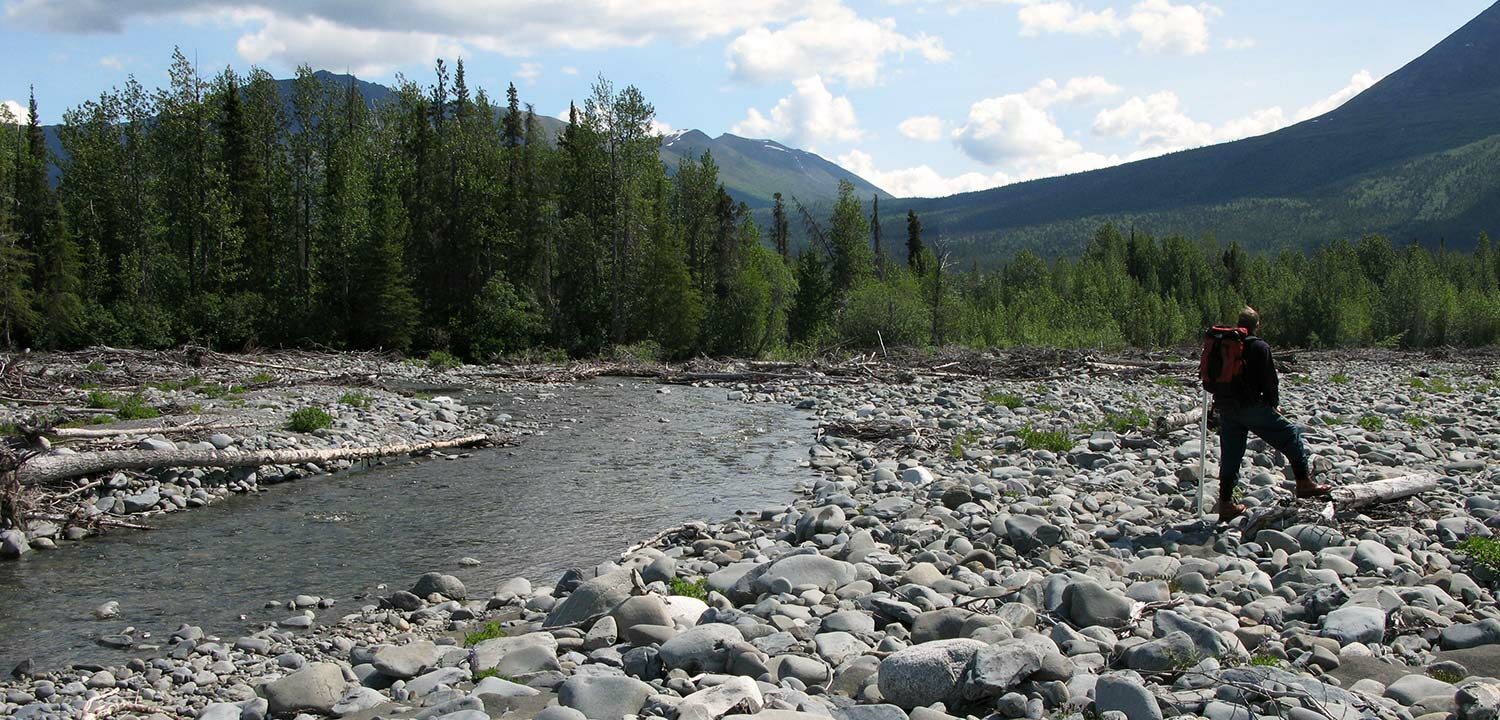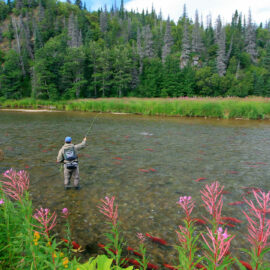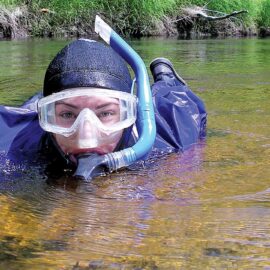Science partnership gets knee deep in the Copper River to develop models for conserving salmon.
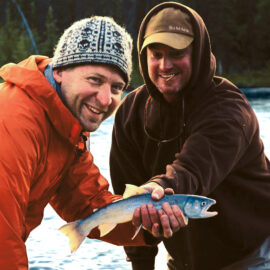
For the past year, the Wild Salmon Center has been providing technical assistance to a project led by the Ecotrust Copper River Program in collaboration with the US Forest Service and the Alaska Department of Fish and Game. This science partnership is developing watershed-scale habitat models that will be used for prioritizing conservation actions in the basin. In September, I joined a team of researchers, technicians and river guides in Cordova, Alaska, and headed out into the wild. This trip focused on the Klutina and Tonsina sub-watersheds of the Copper River, with the purpose of validating the accuracy of the habitat models and improving them.
Before heading out into the wilderness, the team received a two-day training from Dr. Gordon Reeves of the US Forest Service and were then put in the capable hands of team leader Dr. Allison Bidlack of Ecotrust. For the first leg of the trip, we took a float plane to the upper part of the Tonsina River and spent the subsequent seven days floating down the river collecting data. The second leg consisted of a week down the Klutina River. I was in charge of following sampling protocol, figuring out where we were, and what areas we were sampling next. This often meant white knuckled trips down rapids, looking at the GPS and maps and figuring out if we were at the designated site yet. No going back if we missed it!
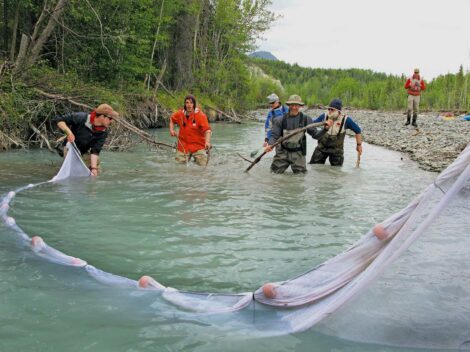
In the process of lugging an array of monitoring gear, conducting “death marches” through bear country, and taking plunges into the ice cold rivers, I also remembered to take in the pristine, wild beauty of the region and marvel at the hundreds of big, red sockeye swimming right past me.
With the data collected, the next step is for Ecotrust and WSC to improve the performance of the habitat models to be used for conservation planning in the region — and hopefully extrapolate the models to other parts of the Copper River and Alaska.
